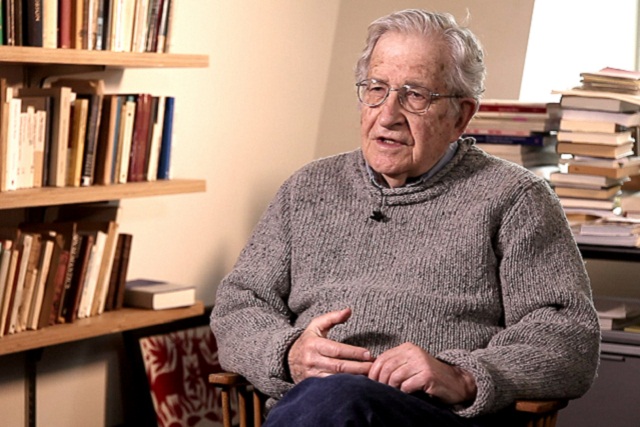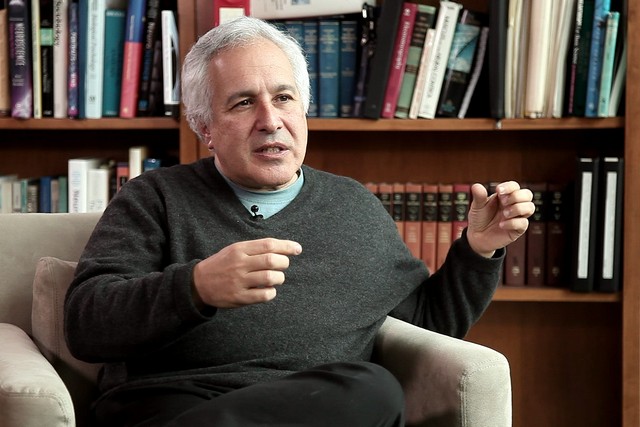Flat Optics Based on Metasurfaces
Harvard University Professor Federico Capasso on the generalized law of reflection, vortex beams of light, and smartphones as thin as a credit card
videos | June 27, 2014
Why are camera lenses so thick? What aberrations do we need to overcome in order to achieve a thin optical system? Robert L. Wallace Professor of Applied Physics at Harvard University Federico Capasso tells us how to develop a new technology in a long-known area and how to avoid violation of the laws of physics.
We have asked the following question: if we pattern this interface, the surface between two media with structure, this could be metallic or other structures, that are separated (this is very important to stress by a sub wavelength distance, much less than the wavelength) then light that impinges on them sees like a new surface because there’s so tiny space. So we have called this surface ‘metasurface’. And we have find out that again by changing the design of this nanostructure we come to generalized law of reflection and refraction.
All lenses have aberrations. The normal lenses are curved, what aberrations means is that you cannot focus precisely, there is some fuzziness and the fuzziness relates to the spherical curvature. This is fundamental. You see this camera is filming me now. Why are the lenses so thick? Because you have to compensate for the spherical aberration by adding other lenses that undo but then it’s bulky and thick. So our lens, because of the fundamental new design that it’s flagging, it’s nanostructured in a way we eliminate completely spherical aberration. It’s still inefficient, there are many problems to solve.
There are many applications of flat optics to flexible templates, to flexible substrates and so forth, applications in displays, you can pattern the tip of a fiber, new types of stethoscopes and so forth. So we are just at the beginning of an extremely exciting time for new technology based on these flat optics in my opinion, and I’d say it’s more than my opinion because I see how the field has taken off since we’ve started, we published this first paper which was the fundamental part. The main technological challenge is so far we have demonstrated proof of principle of these flat lenses, but they’re inefficient.





























